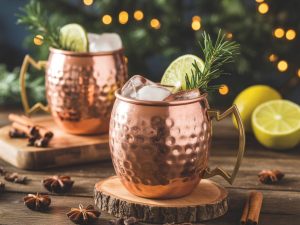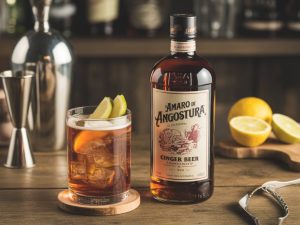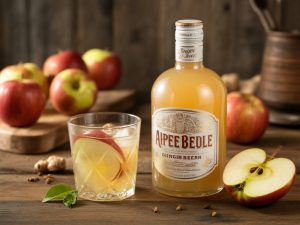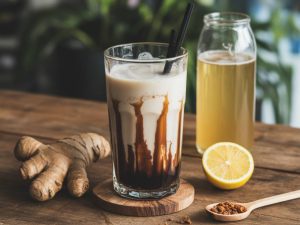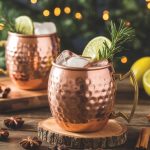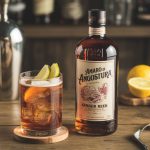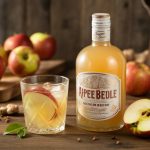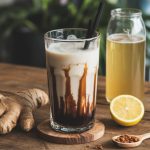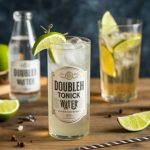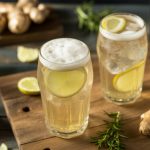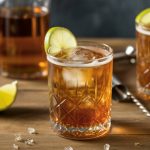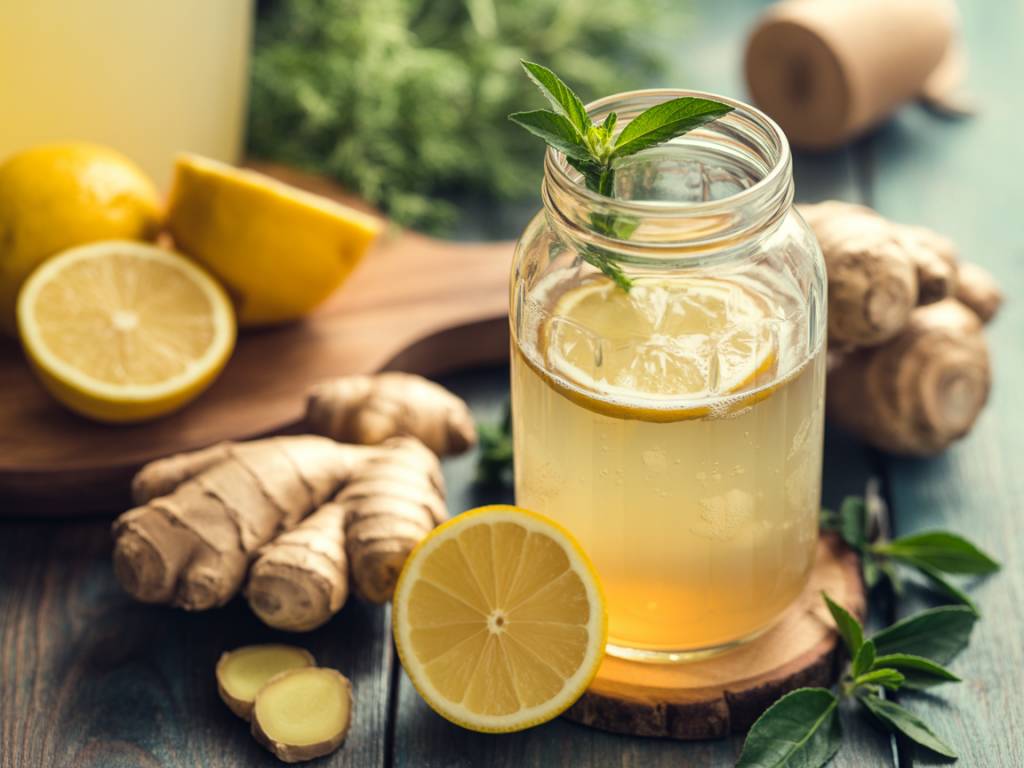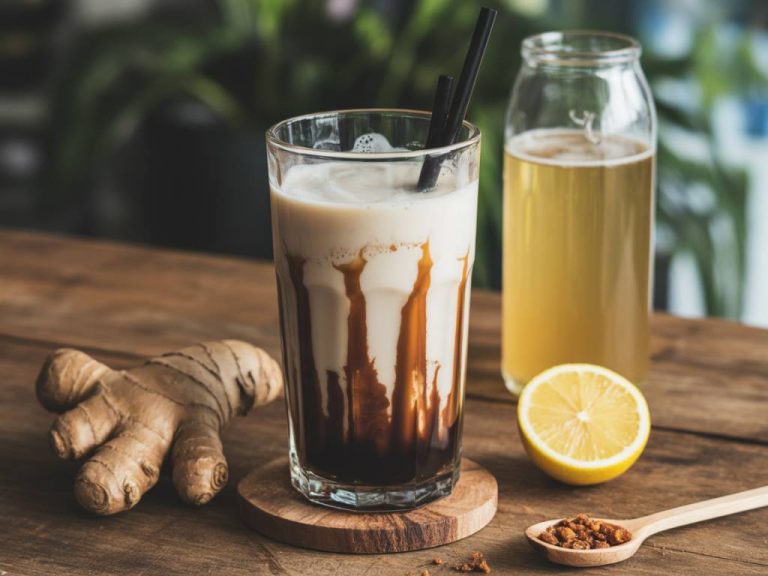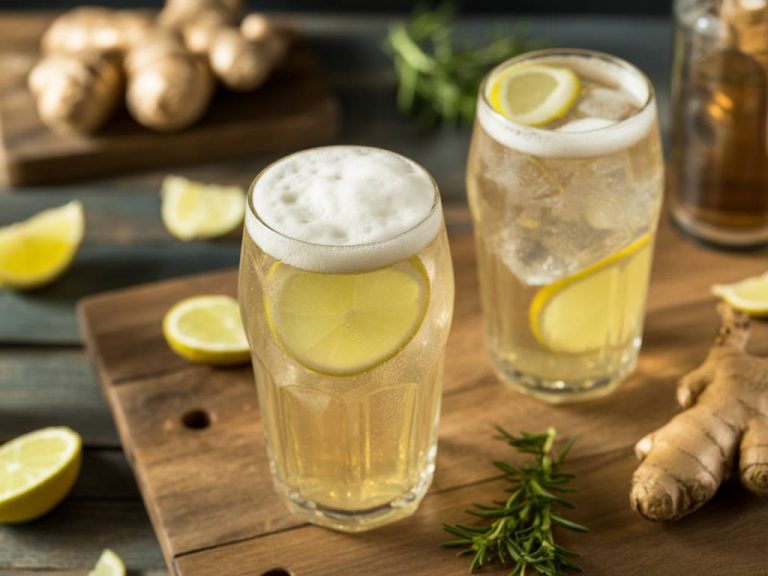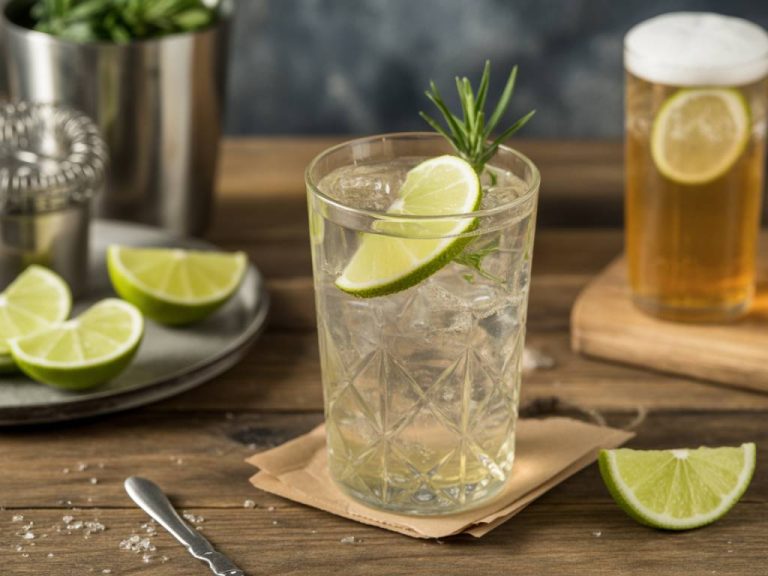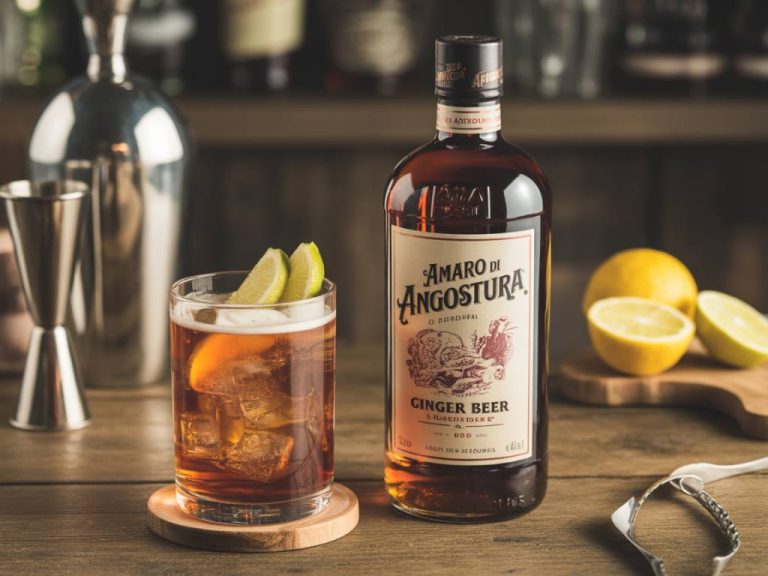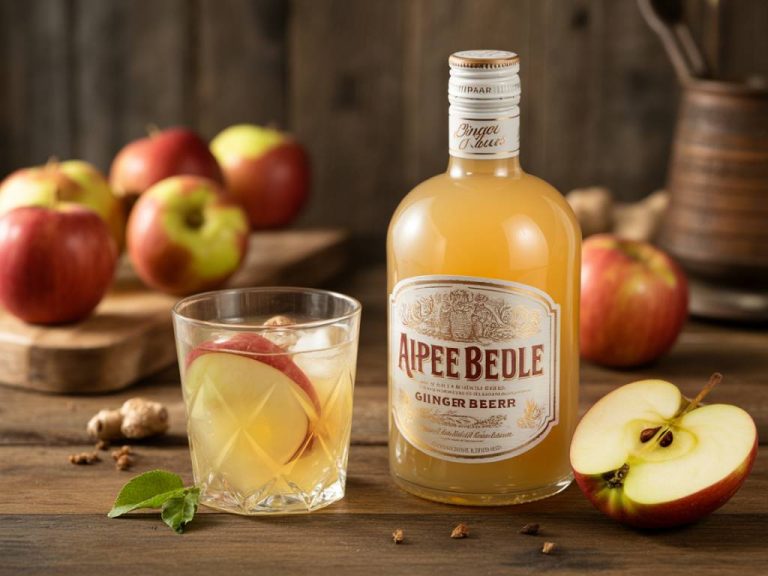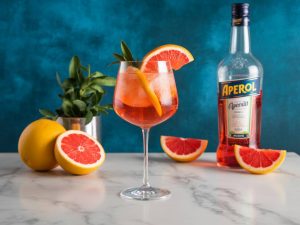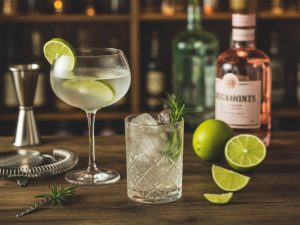Why Make Your Own Ginger Beer?
In the ever-growing universe of craft beverages, few drinks deliver the sensory kick, digestive benefits, and sheer versatility of ginger beer. Whether you’re shaking up a Moscow Mule, sipping it over ice, or using it to settle your stomach post-meal, homemade ginger beer is a revelation. But here’s the twist—the store-bought versions often rely on added sugars, preservatives, and artificial flavoring agents. What if you could craft your own, using nothing but natural ingredients, in your own kitchen?
Making ginger beer at home may sound like a fermentation fairy tale. In reality, it’s a simple biochemical process that brings together fresh ginger, sugar, citrus, water, and natural yeast cultures. This article is your structured guide to brewing a naturally fermented, effervescent ginger beer—no industrial shortcuts, just flavor, science, and a touch of patience.
The Science Behind Fermentation
At its core, ginger beer is the charming product of fermentation: sugar is consumed by naturally occurring yeasts (or added cultures), producing alcohol and carbon dioxide. The result? A low-alcohol, naturally fizzy beverage packed with flavor and probiotic potential.
Unlike soda, which is force-carbonated, fermented ginger beer generates bubbles through a living, breathing microbial process. This means your drink not only tastes better—it supports gut health, too. Various strains of Saccharomyces (a genus of yeast) and Lactobacillus contribute to this symbiotic dance, akin to what you see in sourdough starters or kombucha SCOBYs.
Bonus: Ginger itself contains gingerol, a compound celebrated for its anti-inflammatory and digestive properties. When fermented, it releases additional bioactive enzymes—one more reason to go the natural route.
Essential Equipment
Before diving into ingredients, let’s make sure you have the right tools. Homemade ginger beer doesn’t require flashy equipment, but a few essentials will make your life easier—and your brew safer.
- A large glass jar or food-grade plastic container (2 litres or more)
- Cheesecloth or a breathable cloth cover
- Rubber band or twine
- Fine mesh strainer
- Bottles with tight-sealing caps (swing-top bottles are ideal)
- A funnel (optional but helpful)
Safety note: Glass is best for fermentation, but always monitor pressure since homemade brews create natural carbonation. Never use bottles not rated for pressure (like jam jars)—they can explode.
Natural Ingredients: No Additives Needed
There are countless ginger beer recipes circulating out there, but the version I’ve tested (and refined) focuses on purity, balance, and microbial vitality.
- Fresh ginger root (unpeeled but scrubbed)
- Cane sugar or raw sugar (avoid artificial sweeteners)
- Lemon juice (freshly squeezed)
- Unchlorinated water (chlorine can inhibit fermentation)
- Natural yeast source: Either wild yeast (via a ginger bug) or a pinch of active dry baking yeast
If you’re going natural all the way, I highly recommend cultivating a ginger bug—a simple mixture of grated ginger, sugar, and water that becomes populated by wild yeasts over several days. It gives your ginger beer both complexity of flavor and a rich microbial profile.
Step-by-Step Guide to Homemade Ginger Beer
This process is divided into two phases: preparing the ginger bug (starter culture), and then brewing and fermenting the actual ginger beer.
1. Making the Ginger Bug (Starter Culture)
The ginger bug is your natural fermentation engine. Here’s how to grow it:
- Day 1: In a jar, combine 2 tablespoons grated ginger (with skin), 2 tablespoons sugar, and 1 cup of unchlorinated water. Stir well and cover with a cloth.
- Days 2–5: Every day, add 1 tablespoon grated ginger and 1 tablespoon sugar. Stir once or twice daily. Bubbles should begin forming around Day 3–5, indicating an active culture. A sour but not unpleasant smell is normal.
A healthy ginger bug is fizzy, slightly yeasty, and fragrant. Keep it somewhere warm, around 22–28°C (72–82°F), away from direct sunlight.
2. Brewing the Ginger Beer
Once your ginger bug is active, it’s time to make the actual brew.
- In a large pot, bring 1.5 litres (6 cups) of water to a gentle simmer.
- Add approximately 1/2 cup of grated fresh ginger and 3/4 to 1 cup of sugar (adjust to taste). Simmer 5–10 minutes.
- Remove from heat. Add the juice of 1–2 lemons.
- Let cool to room temperature (important to preserve live cultures).
- Once cool, add 1/2 cup of the ginger bug (strained) to the mixture and stir well.
- Transfer to bottles, leaving a couple of inches of headspace. Seal tightly.
Ferment at room temperature for 2–4 days. Check daily for carbonation by gently loosening the cap. Once fizzy, refrigerate immediately to halt fermentation.
This method yields a mildly alcoholic (<1%) beverage, akin to kefir or kombucha. If you're seeking a truly non-alcoholic version, reduce fermentation time and consume quickly.
Troubleshooting and Safety Tips
As with any live fermentation, a few issues may arise. Here’s how to handle them:
- No bubbles? Be patient. Some ginger roots are waxed (which can reduce yeast), or your environment may be too cold. Try moving the culture to a warmer spot.
- Too sweet? Reduce the sugar in your brew—but not in the ginger bug (it needs sugar to feed the yeast).
- Exploding bottles? Classic microbial overachievement. « Burp » bottles every 12–24 hours during fermentation or opt for plastic bottles (less elegant, more forgiving).
- Off smell or visible mold? Toss the batch. A clean jar and breathable cloth are your best defenses against contamination.
Flavor Variations and Pairings
Once you master the base recipe, the runway for experimentation opens wide.
- Spiced Ginger Beer: Add crushed cardamom, cloves, or star anise during simmering for a more aromatic profile.
- Herbal Infusions: Infuse with mint, lemongrass, or basil post-fermentation. These pair particularly well in rum-based cocktails.
- Fruit-Infused: Try adding raspberry, pineapple, or hibiscus for a tropical twist. These can ferment with the base or be added after bottling for secondary flavoring.
Pro tip: Ginger beer makes an excellent base for mocktails. Mix it with lime juice, cucumber syrup, and soda water for a light, alcohol-free spritz.
Final Thoughts
Homemade ginger beer isn’t just a drink—it’s a lesson in microbiology, a celebration of spice, and a sensory experience that no commercial brand can replicate. It teaches patience, encourages experimentation, and delivers refreshment with purpose.
As with all things artisanal, your first batch may not be perfect. That’s okay. Each ginger beer you brew adds to your understanding of fermentation and your connection to the natural ingredients around you. After all, who knew a root, some sugar, and a bit of time could create so much magic?
Curious to try a ginger beer reduction syrup next? Or infuse your bug into bread? Keep brewing, and let the ginger take the lead.

